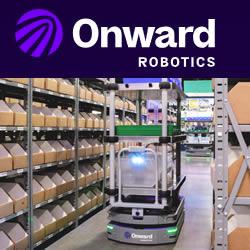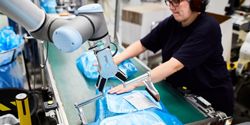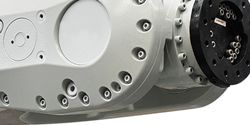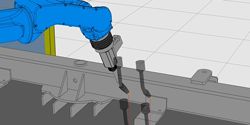How to Successfully Automate Packaging in Low-volume, High-mix Production
Recent advances in robotic programming have reduced the implementation time of robotic automation to a point where even small and medium sized manufacturers with high-mix, low-volume production can get a robotic packaging application up and running in just a few hours
Why Are You Still Manually Programming Your Robot?
Robots were first introduced to manufacturing assembly lines in 1978. Since then, the hardware (mechanics and control systems) has improved significantly. Yet the way these robots are programmed has not changed very much.
Making Robotic Programming Easier for the Fabrication Industry
OLRP provides a virtual environment to complete robot programming without taking the robot offline, thereby simplifying complex and time-consuming programming.
Calculating the ROI of Offline Robot Programming Software
Capital investments in advanced manufacturing environments require careful consideration, especially if that investment is for a new process or technology. If you are looking at"¯investing in OLP here are some things to consider about the potential return on investment (ROI).
Records 1 to 4 of 4
Featured Product

Onward Robotics - Meet Me Fulfillment Automation
Meet Me uniquely brings talent and technology together: providing end-to-end process efficiency and enabling accurate and continuous fulfillment workflows. Proprietary Pyxis technology uniquely orchestrates picker and Lumabot AMR workflows independently, delivering fast, accurate, and efficient fulfillment from induction to pack out. Learn more about Meet Me Automation: Download Overview Brochure
Robotics and Automation - Featured Company

BTM Industrial
BTM Industrial is a leading asset disposition company assisting manufacturing companies with their surplus asset needs. Founded in 2011, it is a fully licensed-and-regulated, commission-based auction and liquidation company. The company's full asset disposition programs provide customers with the ability to efficiently manage all aspects of their surplus and achieve higher value.




